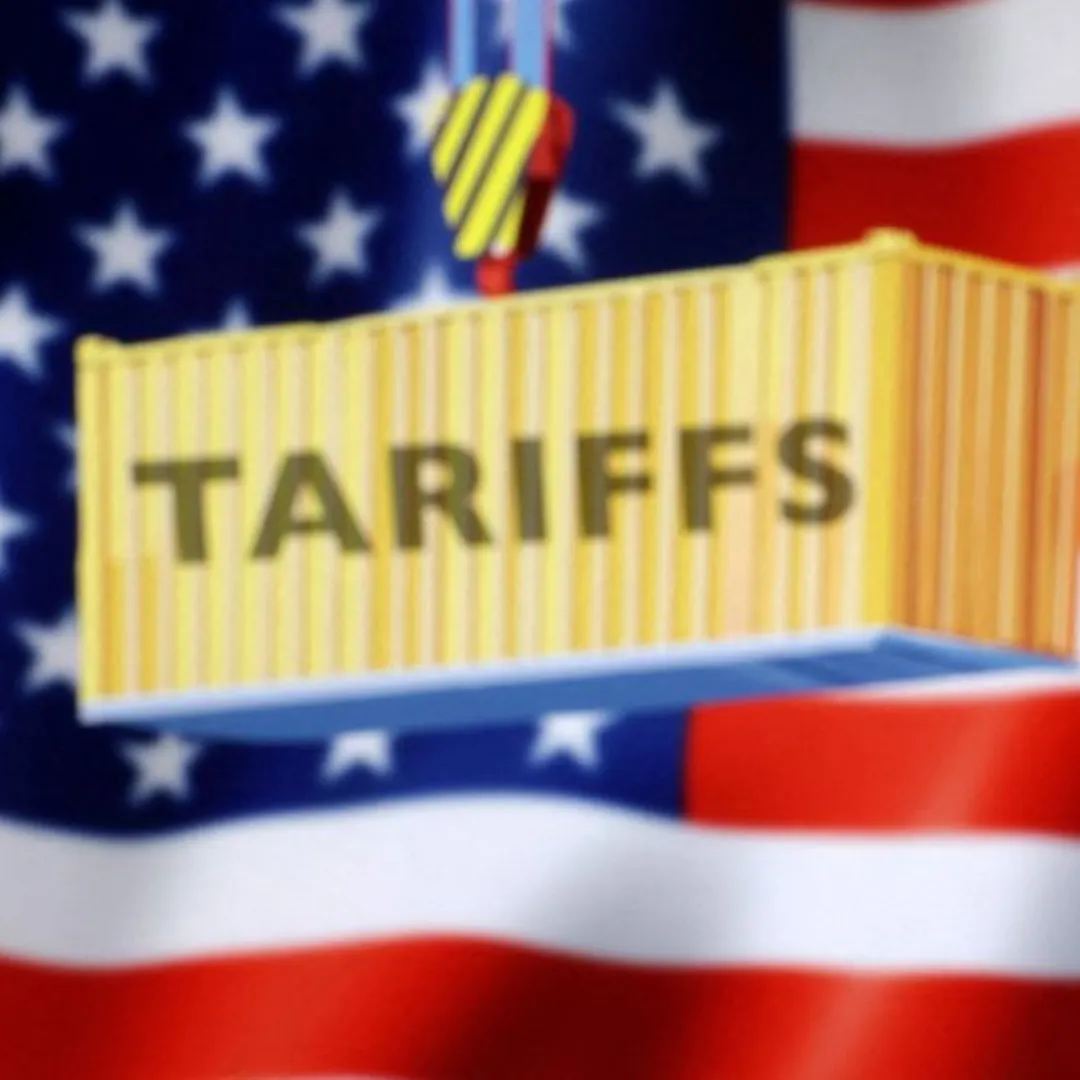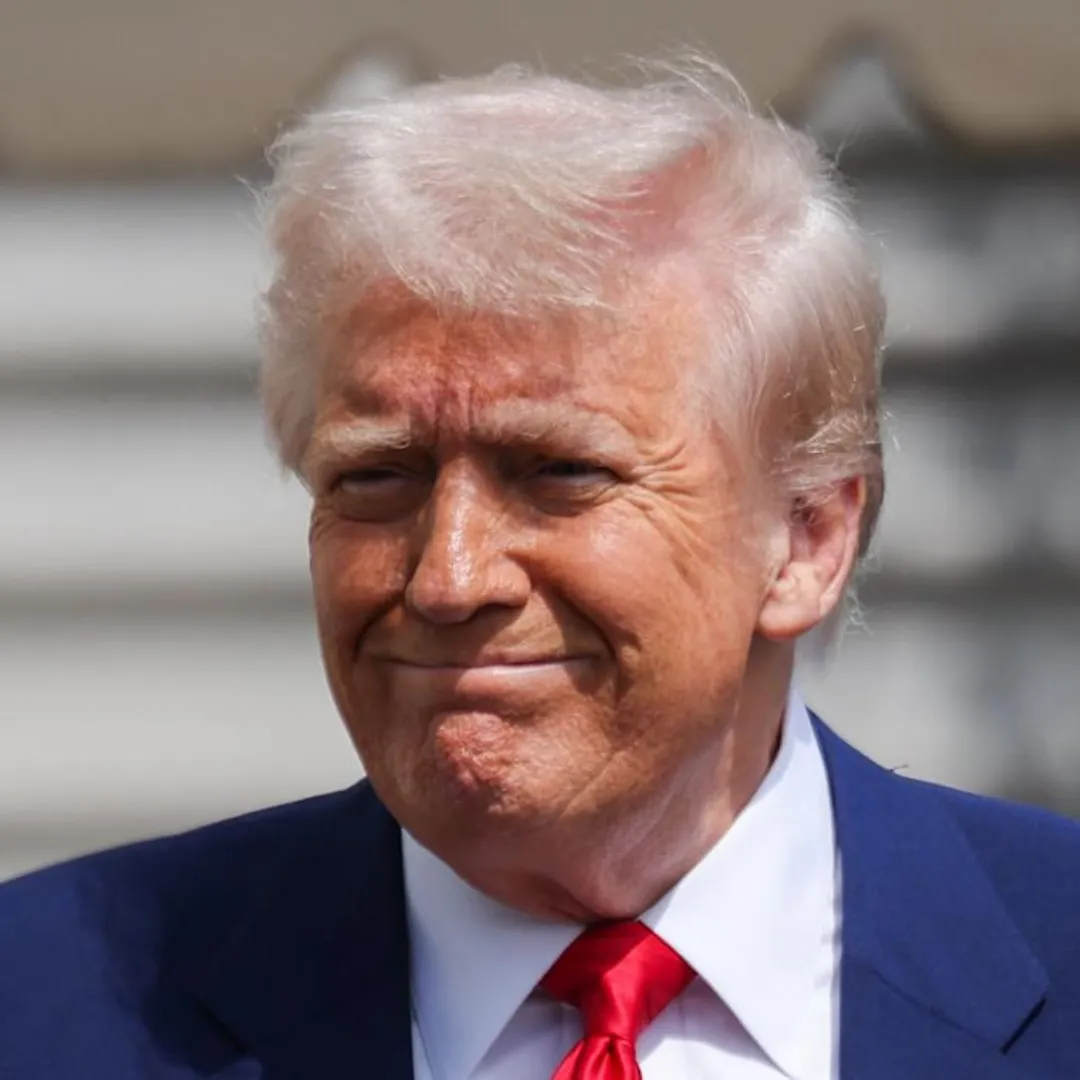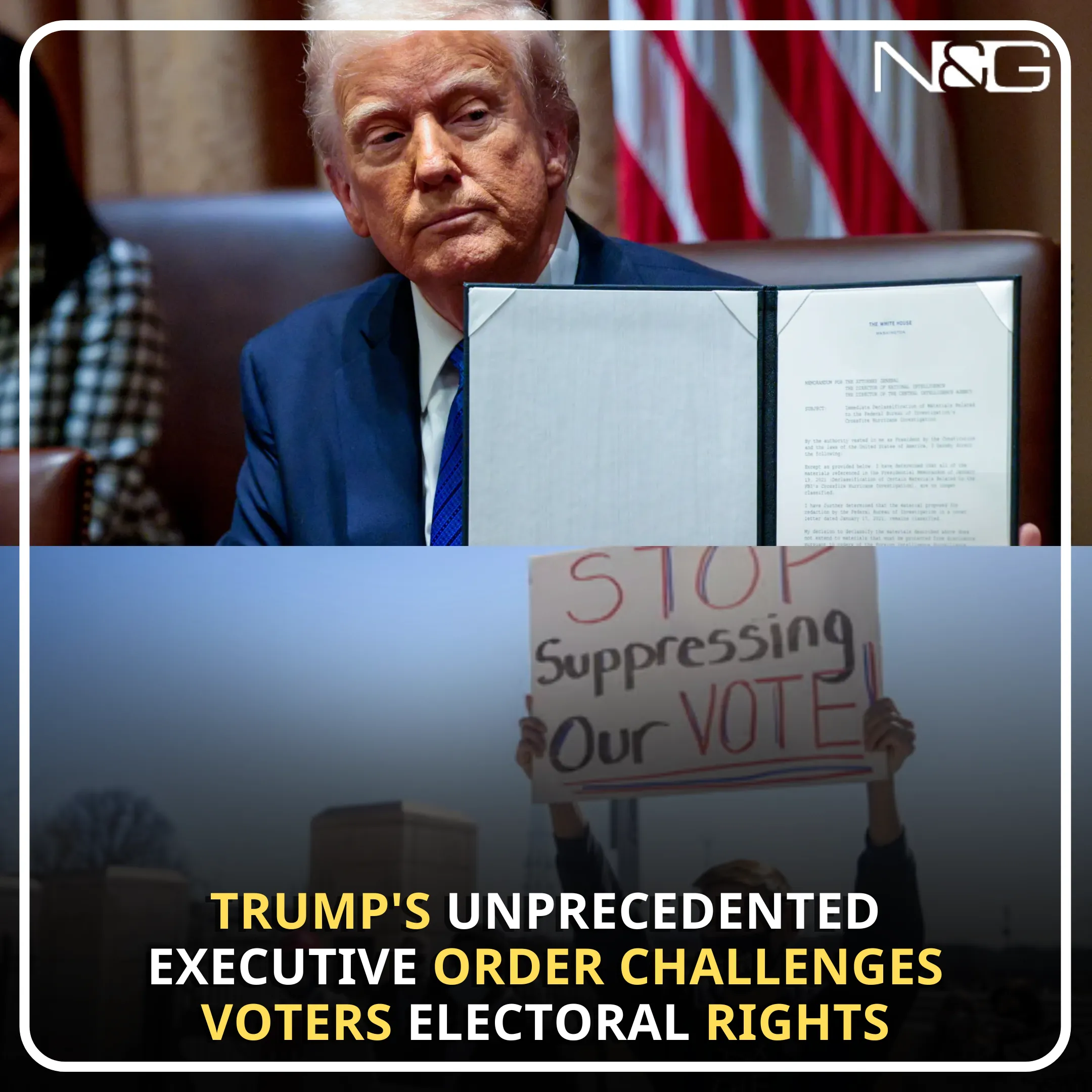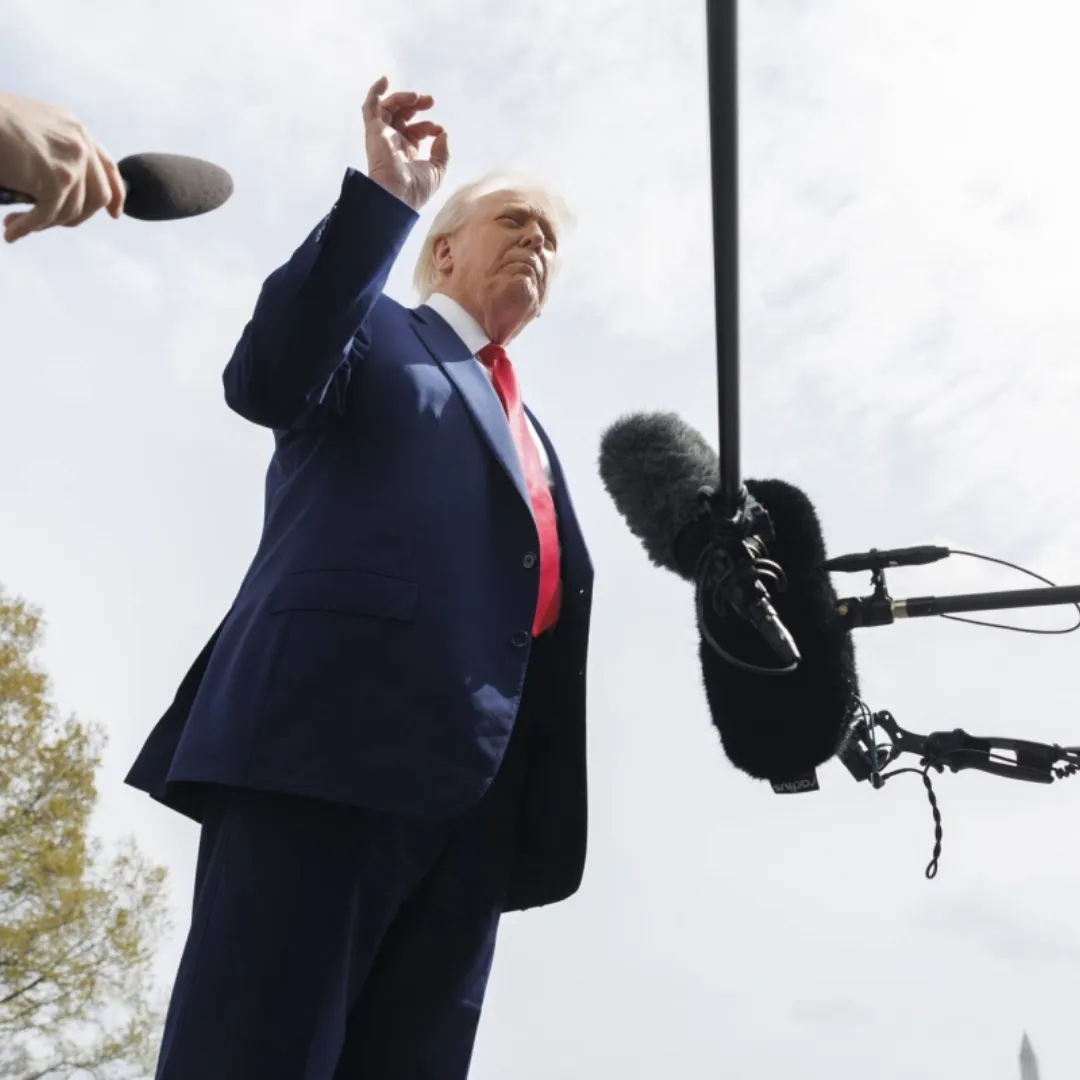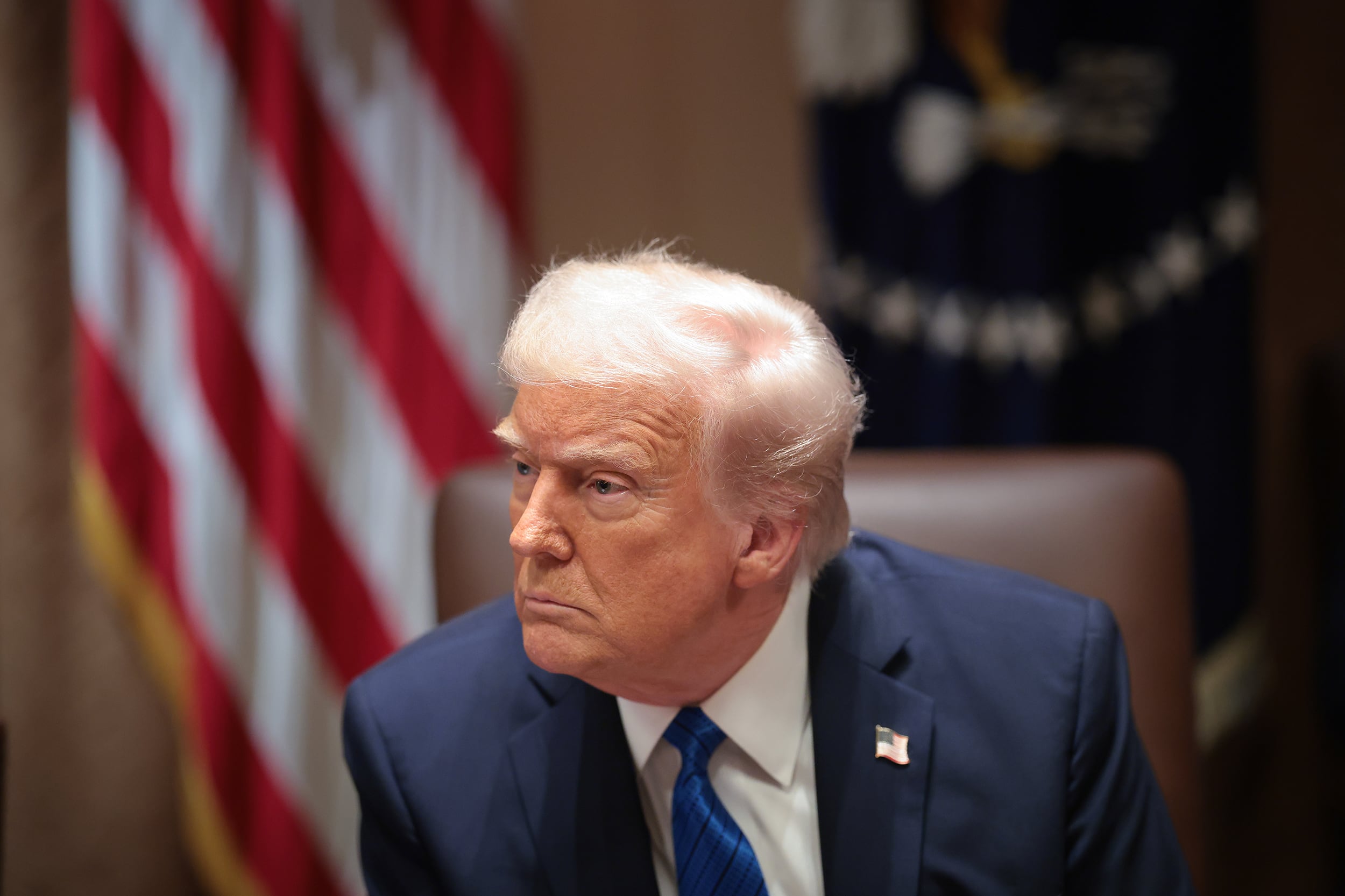
In an unprecedented move, President Donald Trump signed an executive order on Tuesday that could dramatically expand the federal government’s power over elections and disenfranchise millions of American voters. The sweeping nature of the order, which seeks to reshape how elections are conducted, is set to spark an intense legal battle and face challenges in court from Democratic officials and election experts alike.
The order, described by many as a power grab, would transfer significant control of election administration from state governments to the federal government, undermining the traditional role of states in overseeing elections. Under the new directive, states that do not comply with federal mandates could face penalties, and registering to vote may become a far more difficult process for many Americans.
Critics of the order, including Democratic election lawyer Marc Elias and state election officials, have quickly condemned the executive action, arguing that it is an unconstitutional infringement on citizens’ right to vote. Elias, the founder of Democracy Docket, announced his intention to file a lawsuit challenging the order, which he says would make it harder for eligible voters to exercise their fundamental right.
“Trump’s executive order is unlawful,” said Colorado Secretary of State Jena Griswold in a statement. “It would prevent eligible Americans from exercising their sacred right to vote. The Trump administration is weaponizing the federal government and trying to make it harder for voters to fight back at the ballot box.”

The move to expand federal oversight is significant. For decades, the regulation and administration of elections have primarily been the responsibility of state governments, with each state setting its own rules for voter registration, ballot access, and election procedures.
This new order would shift many of those responsibilities to federal agencies, effectively making the executive branch the final authority on election-related matters.
Arizona Secretary of State Adrian Fontes, speaking to Democracy Docket, criticized the order as an overreach by the executive branch, saying, “This is not a statute. This is an edict by fiat from the executive branch, and so every piece of it can be challenged through the regular judicial process.” .
He went on to express concern over the motivations behind the order, claiming that it was part of a broader strategy to undermine the democratic process ahead of the 2026 midterm elections. “I genuinely believe that the Trump administration wants to cancel the 2026 elections so that he and his party can stay in power, and we have to fight like hell against that by every means available.”
Fontes’ comments highlight the growing fear among critics that this executive order is part of a concerted effort to manipulate future elections and secure political power. The changes proposed by the order could make it more difficult for millions of eligible voters, particularly those from marginalized communities, to cast their ballots, essentially silencing their voices at the polls.
One of the primary provisions of the executive order targets voter registration. The order directs the U.S. Election Assistance Commission (EAC), which operates independently of the White House, to require individuals registering to vote through federal forms to provide documentary proof of their citizenship.
While this may seem like a reasonable request on its surface, the change could create barriers for many Americans, particularly those without easy access to documentation such as passports or birth certificates.
The federal mail-in voter registration form, originally designed to make voting more accessible, could now be rendered ineffective for millions of eligible voters who lack the necessary documentation. This could disproportionately impact low-income voters, senior citizens, and communities of color—groups that have historically faced challenges in accessing voter identification and related documents.
“The U.S. Election Assistance Commission is carefully reviewing the President’s Executive Order and determining the next steps in enhancing the integrity of voter registration and state and federal elections,” said EAC Chair Donald Palmer in a statement. “We also anticipate consulting with state and local election officials.”
The commission’s review is likely to be closely watched by election experts and civil rights groups who fear that this change could disenfranchise vulnerable populations.

The order also targets states that allow ballots to be counted after Election Day, a practice that is common in many states, including California, Illinois, and Nevada. These states have long allowed voters to cast ballots by mail and have accepted ballots postmarked by Election Day as long as they arrive within a specified period.
Under Trump’s order, any state that continues this practice could lose federal funding for its election operations, further penalizing states that are already under financial strain.
This provision is part of the broader push by the Trump administration to crack down on mail-in and electronic voting. Trump has long claimed, without evidence, that these forms of voting are rife with fraud, even though studies and experts have consistently shown that fraud in mail-in voting is exceedingly rare.
By targeting states that offer extended deadlines for ballots and mail-in voting, Trump’s executive order seeks to undermine the ability of millions of Americans to participate in the electoral process.
In another controversial move, the executive order charges the Department of Government Efficiency (DOGE) and the Department of Homeland Security (DHS) with using federal databases to review state voter registration lists. The order grants these agencies the power to subpoena state records in order to investigate alleged voter registration fraud.
This provision raises significant concerns about privacy and the potential misuse of government databases to target certain voters based on political or demographic criteria.
The order also mandates that the Social Security Administration share federal databases with state and local election officials to verify the eligibility of registered voters and those attempting to register. This new level of federal involvement in voter registration verification could lead to unnecessary delays and complications for voters, particularly those who do not have easy access to government services or documentation.

Another aspect of the executive order is the mandate for Attorney General Pam Bondi to take action against states that fail to comply with federal list maintenance requirements. This provision gives the Department of Justice broad authority to intervene in state election processes and enforce federal directives, raising concerns about federal overreach and the erosion of states’ rights to administer their own elections.
Bondi’s involvement in this process is also notable given her past as a staunch ally of Trump. Her role in enforcing the order could further politicize the Department of Justice and its efforts to regulate elections, adding to the already significant concerns about the impartiality of federal agencies in overseeing the electoral process.
The executive order is the latest in a series of efforts by the Trump administration to undermine the legitimacy of mail-in and electronic voting. In recent weeks, Trump has repeatedly called on state leaders to pass laws eliminating these forms of voting, falsely claiming that they are sources of widespread election fraud.
Despite the lack of evidence to support these claims, Trump’s rhetoric continues to shape the national conversation around election security and voting rights.
As the executive order faces challenges in court, the debate over the future of voting rights in America is likely to intensify. Civil rights groups, election officials, and Democratic lawmakers are expected to push back vigorously against any efforts to limit access to the ballot box, particularly for marginalized communities that have historically faced barriers to voting.

President Trump’s executive order represents a bold and controversial attempt to reshape the landscape of American elections. By increasing federal control over voter registration, penalizing states that accept late ballots, and empowering federal agencies to review voter rolls, the order could disenfranchise millions of Americans and create significant barriers to voting.
The order is certain to face legal challenges, and its future remains uncertain.
For now, the fight over voting rights in America is intensifying. As Trump’s executive order is scrutinized in the courts, the political fallout will continue to reverberate throughout the country.
The future of American democracy may hinge on the outcome of this battle, as millions of voters could find themselves at risk of losing their right to participate in the democratic process.
